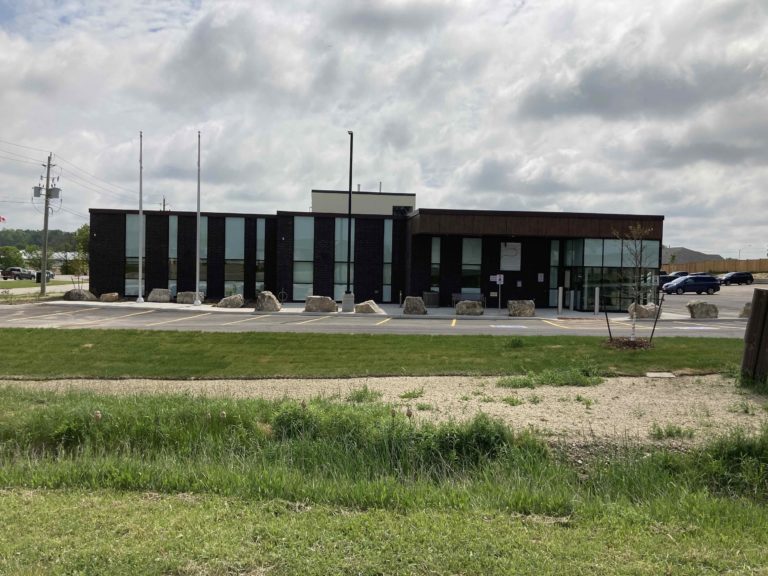Services
Offered Engineering Solutions
Integrated Sustainable Design and Conceptualization
Here at OECI, we pride ourselves on our ability to engineer energy management systems with an integrated approach during the creation of your ideal facility. A fundamental component of any sustainable design, integration is at the core of our LEED projects and processes. Furthermore, we are capable of incorporating sustainable measures beyond building development and construction, including but not limited to procurement and purchasing, maintenance and operations, and facility management. Should the client wish to pursue LEED certification, we will provide a summary of applicable LEED credits and itemize them based on a tiered estimated cost for implementation.

Energy Management
In today’s society, no developer, owner, or operator can afford not to consider some form of energy management. From the most basic applications requiring a high level of operator input, to the most sophisticated automated designs, OECI is capable of designing a system to suit your building and budget.
Modeling
Modeling has become an integral part of building design, allowing architects and engineers to trial concepts before implementation. A requirement for all LEED, Net Zero, Zero Carbon, modeling should be considered for all designs as it allows for value engineering based on projected savings. Many municipalities now require energy modeling for permit submissions, and OECI is placed perfectly to help developers reach their sustainability goals, having already successfully submitted hundreds of energy models for building permit approval.
Project Facilitation
OECI is equipped with experienced staff capable of guiding your company through the entire LEED process—from registration to hosting design charrettes, integrating designs and specifications, and finally developing a roadmap for execution and certification of your building.
Taking the LEED
One of the largest human contributions to environmental impact originates from buildings. LEED is used worldwide as a grading system to ensure sustainability is always prioritized. It is imperative that developers and designers work in harmony to create environmentally sustainable facilities for work, play, and everyday living. Green buildings require significantly less energy to operate, generate fewer harmful byproducts and pollutants, minimize water consumption, and shrink waste output. By reducing energy and resource consumption, waste generation, and pollution to levels that can be accommodated by nature’s ecological systems, we will collectively allow future generations the opportunity to enjoy the wonders of our plant in its undisturbed state. By registering a project through either the Canadian Green Building Council (CaGBC) or the United States Green Building Council (USGBC) for Leadership in Energy and Environmental Design (LEED®) Certification, the process towards environmental sustainability and a brighter future for all has been initiated.

LEED® criteria are divided into six categories – Sustainable Sites, Water Efficiency, Energy and Atmosphere, Materials and Resources, Indoor Environment Quality, and Innovation and Design Process. Each category, with the exception of Innovation and Design Process, has prerequisites that must be achieved for accreditation.
Sustainable Sites
The Sustainable Sites category focuses on site selection, personal vehicle and urban sprawl reduction, major ecological feature identification, land history, and site integration, serving to benefit the surrounding developments for the entirety of the building’s lifecycle.
Water Efficiency
The Water Efficiency category encourages the implementation of strategies to reduce potable water consumption in respect to landscape and building operations.
Energy and Atmosphere
The Energy and Atmosphere category’s intent is to reduce the depletion of non-renewable energy sources, thereby limiting air pollution and promoting renewable energies.
Materials and Resources
The Materials and Resources section considers inclusion of rapidly renewable materials, reuse of existing materials, construction waste reduction, recycling and waste diversion away from landfills, and the inclusion of environmentally-friendly materials to assess ecological impact.
Indoor Environmental Quality
The Indoor Environmental Quality category focuses on improving wellness within a building. Careful consideration must be given to air quality and comfort. Most credits within this section aim to tackle issues affecting occupant well-being, ranging from daylighting and outdoor views to temperature and ventilation.
Innovation and Design Process
Novel technologies and design strategies are recognized in the Innovation and Design Process portion of LEED accreditation. Credit can also be achieved by promoting green building awareness to the public through interactive educational activities.
The six keystones underpinning every LEED initiative incentivize and offer a tangible goal for projects to aim to, inspiring developers to take their green initiatives to new heights by offering a reputable standard for ranking. Here at OECI, we are committed to helping your building achieve and exceed these targets to receive LEED certification, so everyone knows you’ve done it right.
Please contact us should you have any questions or are interested in pursuing building accreditation through either the USGBC or CaGBC.